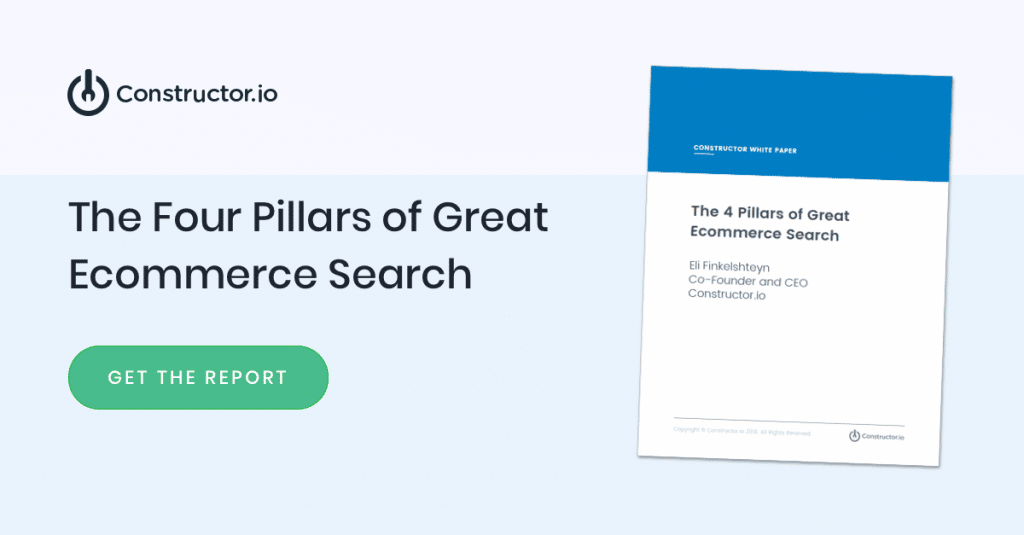It’s that time of year again—when children and adults alike revel in the magic of the season. But there’s something even scarier than after-Christmas credit card bills and standard churn — something that even ecommerce companies are scared to mention…
Shadow churn.
The word “churn” alone probably sends chills up the spines of ecommerce product and marketing managers everywhere.
In the ecommerce context churn typically means a previously engaged customer who hasn’t purchased anything in, say, twelve months. Or worse, a customer who hasn’t visited your site in that time span.
Churn is a strong contrast to metrics like customer lifetime value, conversion rate, average order value—those all ring a resplendent tone in any site owner’s ear.
But even churn is something that ecommerce businesses understand, measure and deal with the best they can. Of course, in terms of numbers, the lower the better where churn is concerned, but what exactly is shadow churn?
Shadow churn defined
Shadow churn is the percentage of prospective customers who visit and leave before making a purchase. Consider this:
User experience studies by Constructor and others suggest that 40-65% of all users are leaving sites—never to return—due to a sub-optimal search experience.
That’s a staggering number.
And with so little known about the shadow churn user segment, it’s extremely hard to quantify its impact on your site, let alone fix the problem. User experience studies on ecommerce churn/abandonment suggest poor search could be the single largest contributor to shadow churn: “if they can’t find it, they can’t buy it.”
What would you do?
Put on your shopper costume: suppose you go to a shopping site, search for a product and don’t find what you’re looking for amongst the search results. Would you keep searching? For how long? Would you leave? What would it take you to return? Multiply this by 20 million shoppers. This is the essence of shadow churn.
Some users can tolerate a few bad search results, especially from sites with established brands. Others won’t ever come back after a single bad experience.
Search as an extension of your brand
So what does this “shadow churn” have to do with your ecommerce search success?
Everything!
Since search is a common first-time experience for many visitors on your site, it also represents a great opportunity to slash shadow churn and bring this fuzzy metric into focus—making it a lot less scary in the process.
Much like the retail stores that have earned success with in-store sales associates who ask how they can help, or greeters who welcome each customer warmly, savvy online stores are deploying data-driven search engines that personalize shopping experiences.
As an example, Constructor Search helps shoppers zero in on precisely what they want. It provides additional features that remember previous choices, understands broad search trends and makes personalized search recommendations. It leverages behavioral data and machine learning to provide personalized search results at scale. That’s very different than typical ecommerce search engines which offer a generic set of search results for all shoppers and hope that each user finds appropriate products on their own—scary.
Search that utilizes data and machine learning reflects itself in things like high conversion rates and average order value, as well as low churn numbers.
Ignore shadow churn at your own peril!
Companies that continue using traditional search engines and willfully ignore their shadow churn problem are missing out on a significant competitive advantage, along with a huge revenue and customer satisfaction opportunity.
Want to learn more about optimizing e-commerce on-site search?
Site search users convert at twice the rate of other shoppers. So how can you improve shoppers’ experiences with your e-commerce search engine?
Learn more in this new report from Constructor.io’s co-founder and CEO, Eli Finkelshteyn:


